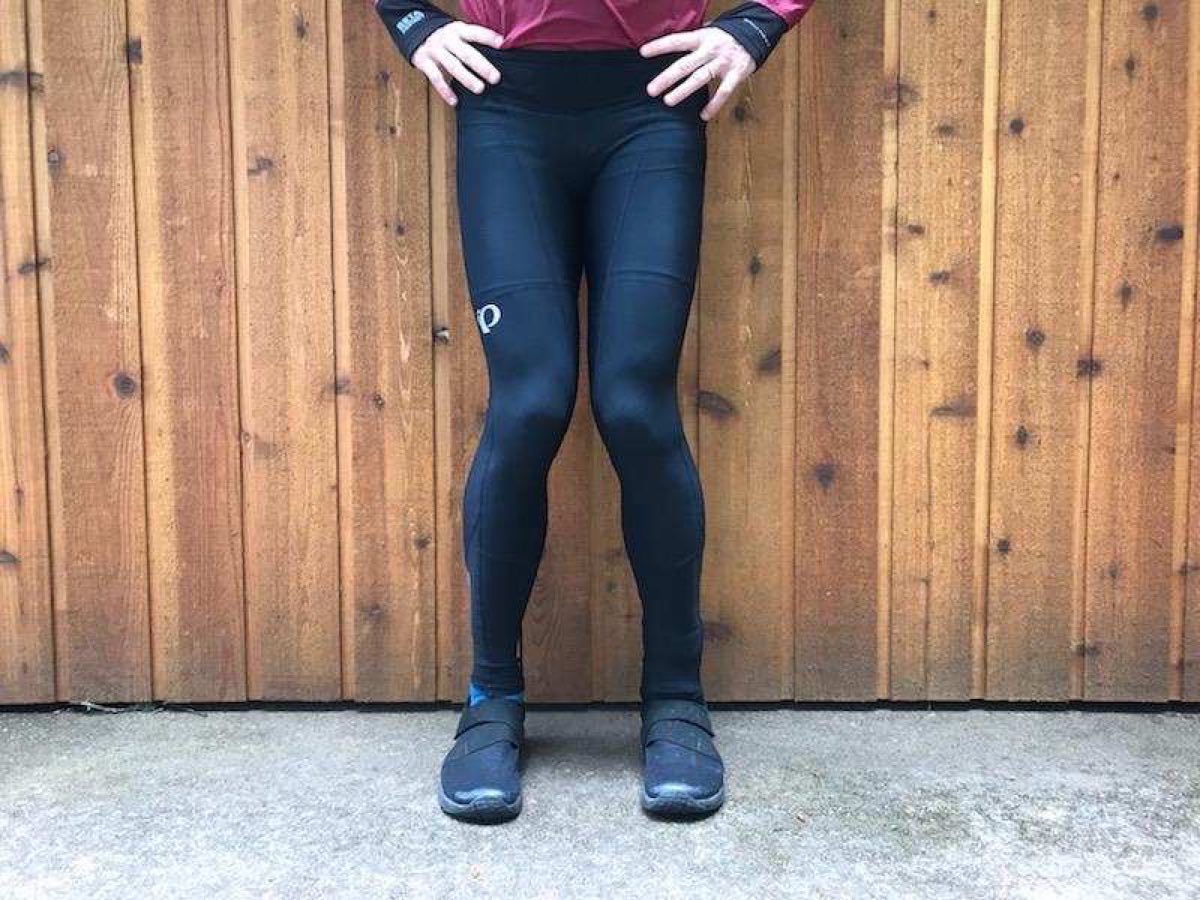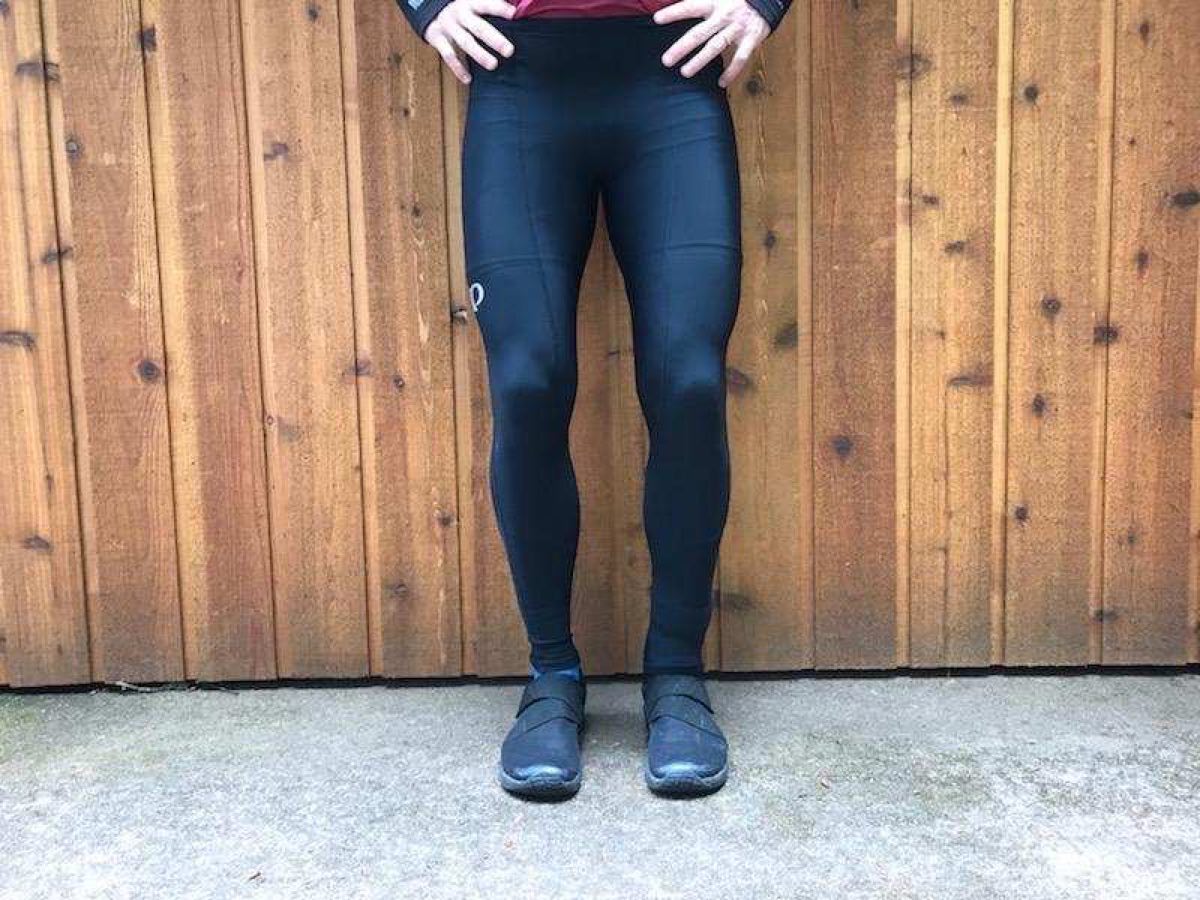 The knee is the keystone joint of our running system. A knee that can flex, extend, rotate, and torque is the key to our running speed and freedom. But with great mobility comes great responsibility! How we control the knee in space plays an important role in our ability to run efficiently and avoid aches, pains, and potentially serious injuries.
The knee is the keystone joint of our running system. A knee that can flex, extend, rotate, and torque is the key to our running speed and freedom. But with great mobility comes great responsibility! How we control the knee in space plays an important role in our ability to run efficiently and avoid aches, pains, and potentially serious injuries.
This article serves as a primer on knee alignment. We talk about its role in efficient, fast, and strong running; its underpinnings in most runners’ injury and performance issues; and how we can adopt neutral knee alignment. The goal is to help you run healthfully and successfully.
A Note on Efficient Alignment: Least Stress and Most Power
A pillar of postural-efficiency theory is that the neutral position allows for two key functions:
- Neutral alignment promotes minimal strain as energy can enter and leave the body with minimal stress-inducing absorption; and
- Neutral alignment promotes maximal power and endurance as a movement pattern fires most automatically with maximal strength.
First, a congruent, linear alignment of body segments allows for the gravity- and movement-driven flow of energy through the body. Ground impact drives upward into the body, and trunk and limb energy flows outward toward the ground. If our body and its pieces are linearly and congruently aligned, this energy can flow in the freest manner possible.
Second, neutral alignment allows for optimal muscle function. Not only does it allow for balanced, reciprocal muscle activation, but it also allows all relevant muscles in a movement pattern to activate both optimally and maximally. To put it more plainly, a neutral system generates the best, strongest, and most effortless function.
While finding and maintaining neutral can be a challenge, the payoff is substantial.
Neutral Knee Alignment
There are three general knee-alignment positions in the frontal plane:
- Knee-out/varus alignment, where the knee is excessively outward angled;
- Knee-in/valgus alignment, where the knee is excessively inward angled; and
- Neutral, which is the midline between the two extremes.
Clinically, I teach neutral knee alignment as the midline alignment of the patella (kneecap) over the second and third toe interspace. This position generally places the knee in the center of a line drawn from the hip joint to the midpoint of the foot.
In my clinical experience, knee-in/valgus alignment is far more common and problematic for runners. A few runners demonstrate an excessive knee-out/varus alignment, but this is exceedingly rare. Of inefficient knee alignment, I see 90% with valgus and 10% or less with varus. Knee valgus is a common, if not rampant, inefficiency across all sports.
Why is valgus far more common? It’s tough to say. A knee-in position is related to a passively collapsed, overstretched posture. Thus, our inability to maintain knee neutral may be related to factors such as excessive sitting, a lack of extensor-pattern muscle-group strength (which includes the glutes and hip external rotators), or both.
The “Unholy Rotation”
Prolonged function–standing, stepping, squatting, jumping, or running–in a knee-in/valgus position creates some pesky compensatory problems from the trunk down to the foot. The “Unholy Rotation,” as I call it, results in the following rotational compensations in these body segments:
- Pelvis – External rotation
- Hip – Internal rotation
- Tibia – External rotation
- Rearfoot – Internal rotation
- Forefoot – External rotation
- Arch – Pronation

The “Unholy Rotation.” Image: Posturedirect.com/wp-content/uploads/2017/01/characteristics-of-knee-valgus.jpg
This coupled rotation is the body’s attempt to gain passive stability in a weakened system. In essence, the joints rest upon one another, but in a twisted, wrung fashion. As you might imagine, this not only results in passive stress but also inhibits automatic muscle function in the leg. In short, it’s bad news! Severe valgus with full-bore unholy rotation is somewhat rare, in part because a runner with this alignment seldom can run very far before injury. Milder–but still problematic–knee valgus is far more common and can create myriad aches, pains, injury, and performance issues.
The Consequences of Knee Valgus
Knowing the importance of efficiency, the consequences of knee valgus are straightforward. Knee-in alignment causes impact strain throughout the chain, including:
- Joints – Aches, pain, and/or injury
- Pelvis – Hip and low-back pain
- Hip – Lateral hip (trochanteric bursitis) and iliotibial (IT) band pain
- Knee – Patellar or knee-joint injury (on the medial and overstretched side that can be “pes anserine bursitis” whereas on the lateral and compressed side it might be “IT band” issues)
- Shin/Ankle – Medial shin pain (shin splints, posterior tibilalis pain, and/or stress fractures)
- Foot – Plantar foot pain (plantar fasciitis)
But even for those runners who have minimal issues due to knee valgus, it is still an efficiency drain. A knee-in mal-alignment may lead to the following inefficiencies:
- Foot arch collapse/“overpronation;”
- Deficient ankle strength and stability in the stance phase;
- Deficient knee stability or too much bend in the stance phase; and
- Deficient glute activation and weakened push-off.
That can lead to a lot weighing on one joint!
Compensatory Valgus: Crossover (Narrow) Landing
You’ve seen pictures of your running stride. Your knee is straight; it doesn’t bend in. You’re in the clear, right? Look closer. Where does your foot land? If it crosses midline, you’re in trouble. Neutral alignment of the leg is a straight line connecting the midpoints of the hip, knee, and foot–with the foot landing at midline. A foot that crosses beyond midline and lands on the opposite side of the body creates similar problems as valgus with excessive tissue strain, and impaired landing and push-off strength.
It is my theory that an excessively narrow, crossover landing is a compensation to avoid knee valgus (and is a revision of my initial theories about stride width). Valgus–particularly dynamic valgus, where the foot lands and the knee torques into greater valgus from initial contact to mid-stance–is both stressful and threatening to stability and joint integrity. To avoid this threat, the brain will compensate by landing excessively narrow.
This geometry avoids valgus torque, but at the expense of impaired landing and push-off efficiency. A narrow landing creates excessive landing stress along the entire lateral side of the leg. Like an imbalanced tire, a narrow-landing runner rides the outside edge of the foot and overloads the entire lateral leg. Runners with a crossover landing pattern tend to accumulate aches, pains, and injury along the lateral foot, ankle, shin, knee, thigh, and hip.
But what lands laterally must eventually hit the ground. Narrow, lateral overloads also create hyper-pronation, bringing with it all the problems of pronation to the medial side of the leg, including plantar fasciitis, shin splints, and medial knee pain, to name a few.
A narrow, crossover landing, like most compensations, may help keep a runner upright and more stable, but it’s possible that this compensation is more damaging than valgus. Tires aren’t meant to ride the edges, and neither are legs. The imbalanced loading can create chronic instability to every joint in the system, from foot to hip.
Beyond that, a hyper-narrow landing is a major efficiency drain. While mid-stance stability is arguably better with less passive give, the stance leg is so narrow that it lacks the ability to efficiently push off as the foot, ankle, and hip aren’t able to powerfully plantar flexion and extend. Compensations also occur at the contralateral hip flexion, which must work harder to flex beyond the hyper-narrow and crossover landing.
So, what fixes a crossover landing pattern? It’s taken me years of trial and error, but the most potent solution is knee-out alignment. Promoting neutral knee alignment and avoiding valgus usually results in a near-full correction of stride width and the problems that come with it.
Exercises that Promote Neutral Knee Alignment
Training neutral knee alignment is a concert of strength and stability at the foot and ankle as well as at the hip. My favorite functional knee alignment exercises include:
- Squats or deadlifts;
- Step ups, step downs, or lunges;
- “The Ice Skater”; and
- “100-Up.”
What all these exercises have in common are a strong foot at the base, coupled with a balanced trunk and pelvis, and a hip hinge which work together to create a knee-out, neutral knee alignment.
Putting it Together: Mindful, Knee-Aligned Running
When it’s time to apply it to running, a knee-out strategy must be an intentional one. Athletes sometimes believe that exercise alone is enough to overtly change the running motor plan. Too often, it is not. Instead, a conscious and sometimes awkward effort is required to change a valgus or crossover landing to an efficient, knee-out one.
It’s simple but not easy. Efficient landing has the foot landing directly beneath midline, with the knee in a straight-but-outwardly-angled line. Thus, simply running wide with the foot is not only insufficient, but might create even more valgus potential. (The wider the foot, the higher the likelihood the knee could migrate medially.) Instead, a neutral-knee strategy must be knee-out and foot-in. This is, in essence, trying to run bow-legged. Another sporting analogy: imagine striking a hacky sack with the inside edge of the foot. The key movements are an external rotation of the femur with the foot moving medially.
As awkward as this might feel, the aesthetic result is sound: an outward-aligned knee and a foot that lands at midline without crossover.
There’s a caveat to beginning this reprogramming, though. Initially, runners adjusting from a valgus or narrow landing will feel more lateral loading of the foot. This is a short-term issue that will decrease as the whole leg de-rotates out of the Unholy Rotation.
Neutral Knee Benefits for Trail Runners and Ultrarunners
Besides aches, pains, and injury avoidance, the performance benefits of a neutral knee alignment for trail runners and ultrarunners are numerous, including:
- Increased landing stability – A knee-out landing is more stable and responsive. In particular, descents will feel lighter and more controlled.
- Increased climbing strength – A knee-out alignment recruits more glute, quadriceps, and lower-leg muscle for push-off and upward climbing.
- Less quadriceps overuse or blowout – More strength above and below the knee equals less quad overload.
- Maximum speed and efficiency – Efficient landing equals better top-end speed and endurance.
Conclusion
Like any stride adjustment, adopting a more knee-out alignment is a leap of faith. But it is a gamble with a relatively small downside and a potentially huge upside that’s worth the effort and change!
Call for Comments
- Have you had pain or an injury that originated from a mal-aligned knee? If so, can you explain your diagnosis and how you were able to correct it?
- Where do you think your knees fall in their frontal-plane alignment? Do you think you have knee-out, knee-in, or neutral alignment?



